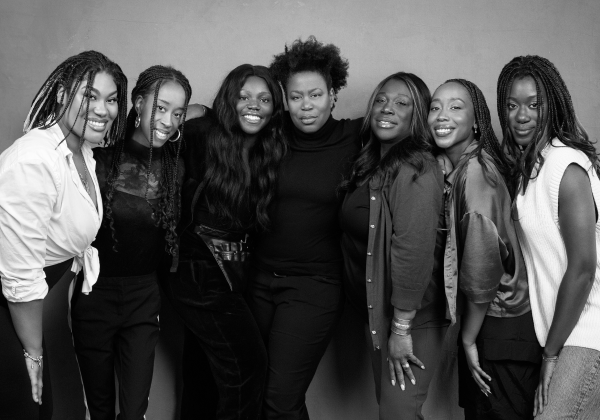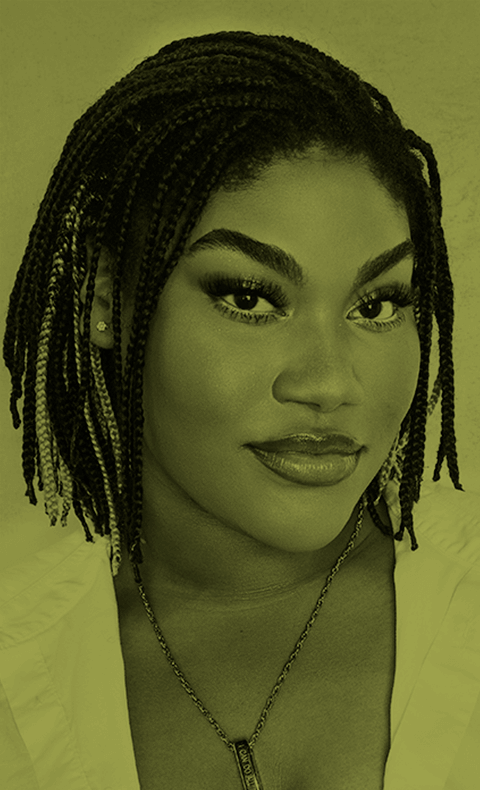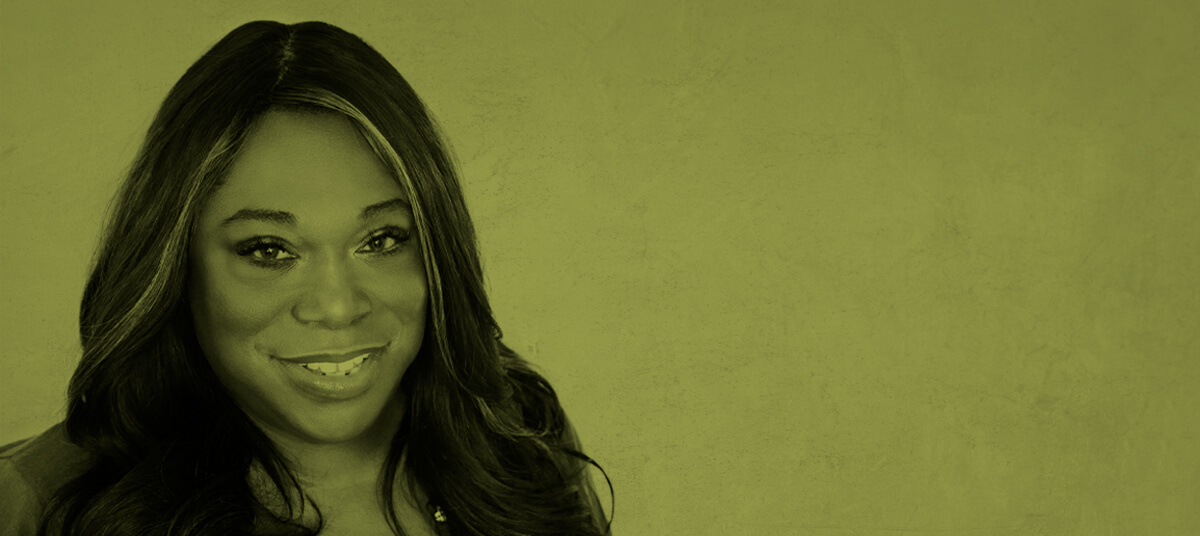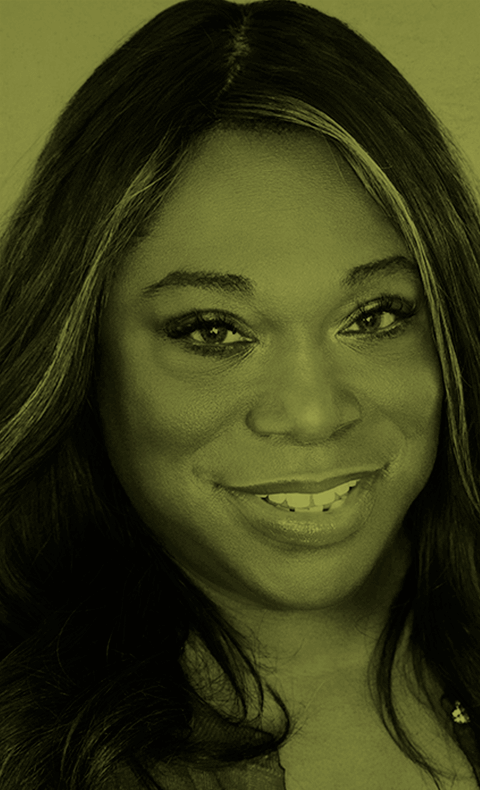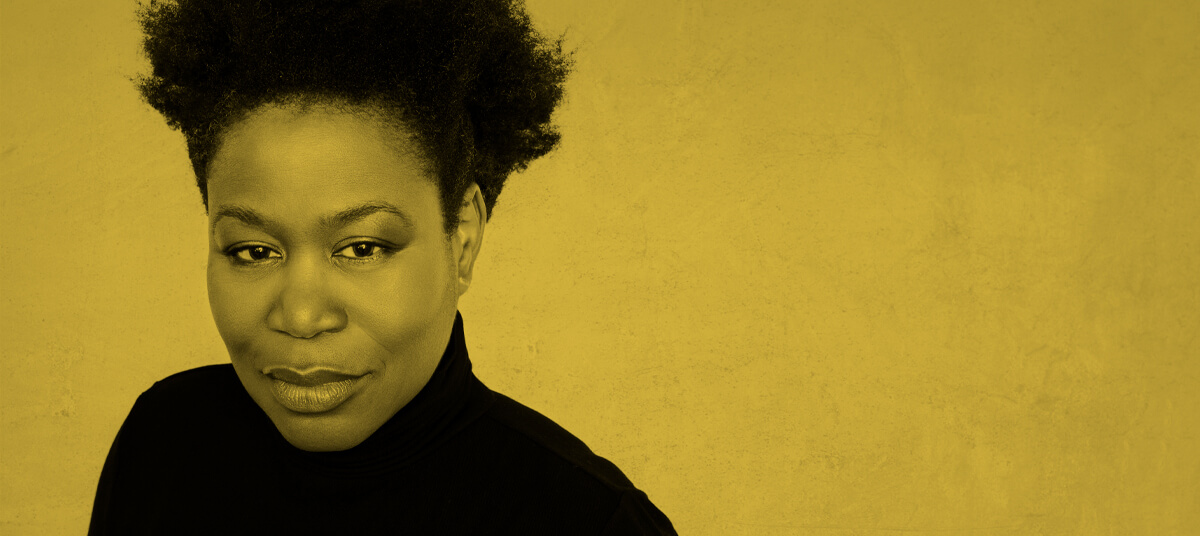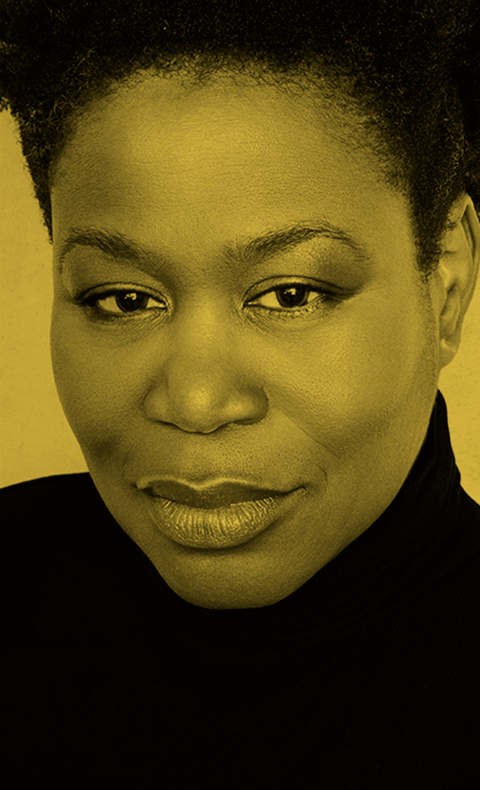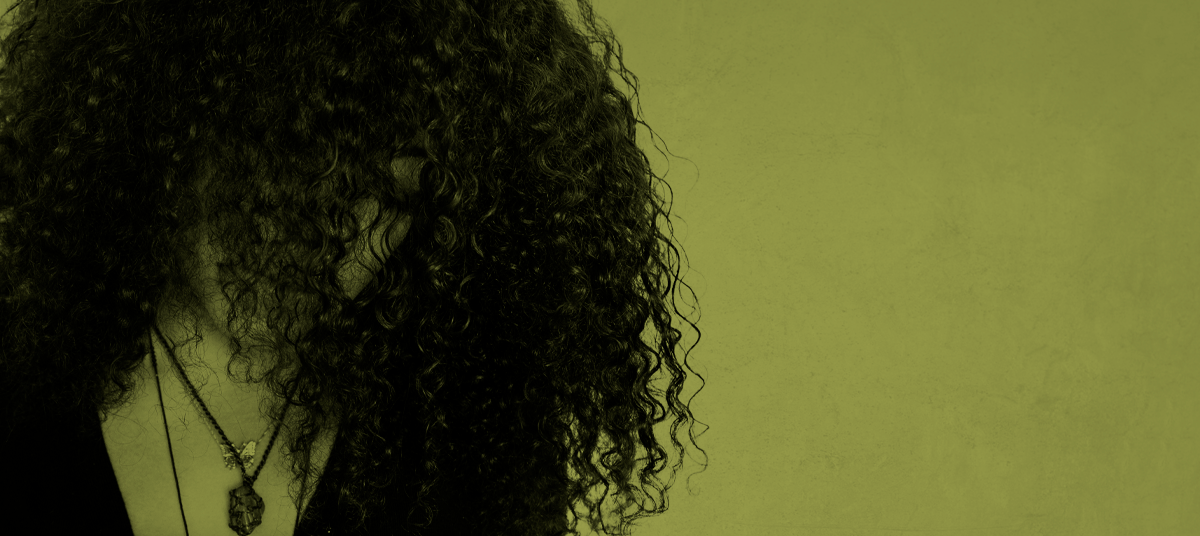Sonya
"Now, I get to work WITH and FOR other Black activists across the country to do what I consider heart work."

I spent 25 or so years working in the gender-based violence sector that remains largely for and about white women. For most of that time, I led a crisis centre for survivors of gender-based violence in the City of Surrey – the largest urban centre in Metro Vancouver – it is also now home to largest Black population in the province of BC. But, I could probably count the number of Black women who walked through our doors on one hand.
And I know why.
At its core, the mainstream gender equity movement has yet to seriously take up the issue of white supremacy and particularly, the role of white women in slavery. Because it contradicts the ideology of patriarchy that still underpins so much of white feminism. And white feminism still lies at the root of the mainstream gender equity movement.
At the risk of being overly simplistic...
Historically, white women – AT BEST – were complicit in the use violence during slavery. At worst, white women were the perpetrators of violence against Black women. And men.
The mainstream gender equity movement also fails to explore what that means in a contemporary context. Twenty-five years later, there are still very few people around the table who look like me in positions power and decision-making authority - informing public policy, allocating scarce resources and designing programs to better serve all survivors of gender-based violence. And yet, more and more of the survivors who walk through our doors each and every day - look more like me than them. So, it is really can’t be all that surprising that there is a gross lack of public or private investment in the health, safety and well-being of Black gender-based violence survivors.
Now, I get to work WITH and FOR other Black activists across the country to do what I consider heart work.

Regardless of geography, Black activists in every province and territory talk about anti-Black racism in the mainstream gender equity movement and, its roots in white feminism. There are 3 common themes. First, white feminism creates social norms that ENCOURAGE, TOLERATE, or even CONDONE violence against Black people, regardless of where we identify along the gender spectrum. Too often, as survivors and as advocates, we are subjected to common racist myths that “blame the victim” and “excuse the offender”. These myths are institutionalized.
Second, the institution of white feminism reinforces racist stereotypes of Black women, in particular, as Mammies, Sapphires, or even Jezebels. As survivors and advocates, we are strong because we endure. Until we resist and fight back - than we are just “angry”. And because the white gaze is (hyper)sexualized, we can never be “the perfect victim”.
Third, the most common and, by far the most dangerous, practice of white feminism is “silence”. The role of silence in white feminism is important to understand because it hides and even disguises the use of white violence against Black women in gender equity spaces. If we understand that anti-Black racism persists, in part, because WE are rewarded for OUR silence than we have to ENCOURAGE, TOLERATE and CONDONE Black survivors and activists to speak up at the risk of being strong but angry.
There is much talk about cultural safety. And less talk about anti-racism. But cultural safety can only exist in spaces that are also anti-racist which requires dismantling policies, practices, and the underlying biases that perpetuate racism and discrimination. But to disrupt anti-Black racism, we must also fight the systemic hatred against Black women, girls, gender-diverse and trans people.
Now my work centres the voices and lived experiences of people, like me, to create spaces in the mainstream gender equity movement that are not just cultural safe but also anti-racist. Grounded in love for all that is Black. And beautiful.
Back to Stories
